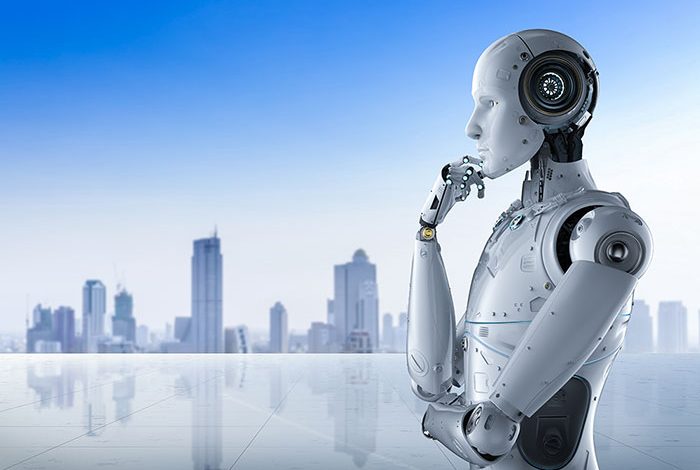
Machine Thinking is the set of methodologies and culture used by humans to teach machines how to advance towards a design goal.
Traditionally in modern product development you’ll likely find a core team of a Product Manager, Product Designer, and Application or Product Engineer. In an A.I. First model we need to add a Machine Learning Engineer and a Machine Learning Researcher.
Unlike traditional product development process, the team’s job will center less around what humans (or users) need and instead focus on the creation of algorithms and pathways for a machine to learn and output based on that learning.
In Machine Thinking, we are designing a set of interaction models for a machine to learn, output, and interact with a human (or other machines) with potentially infinite variations and outcomes.
As designers we naturally labor over the finest details of our work. But in an A.I. First model, we will not know many of the details. Machine Thinking places the emphasis less on the perfection of the design output, and more on the robustness of the design system.
I’ve encouraged teams to spend more of their cycles creating strong system maps, agnostic of interfaces, that outline the interaction model. In Machine Thinking this becomes even more valuable.
A simple Machine Thinking exercise: what are the fewest number of components (interaction or interface) that are capable of solving the greatest number of known transactions?